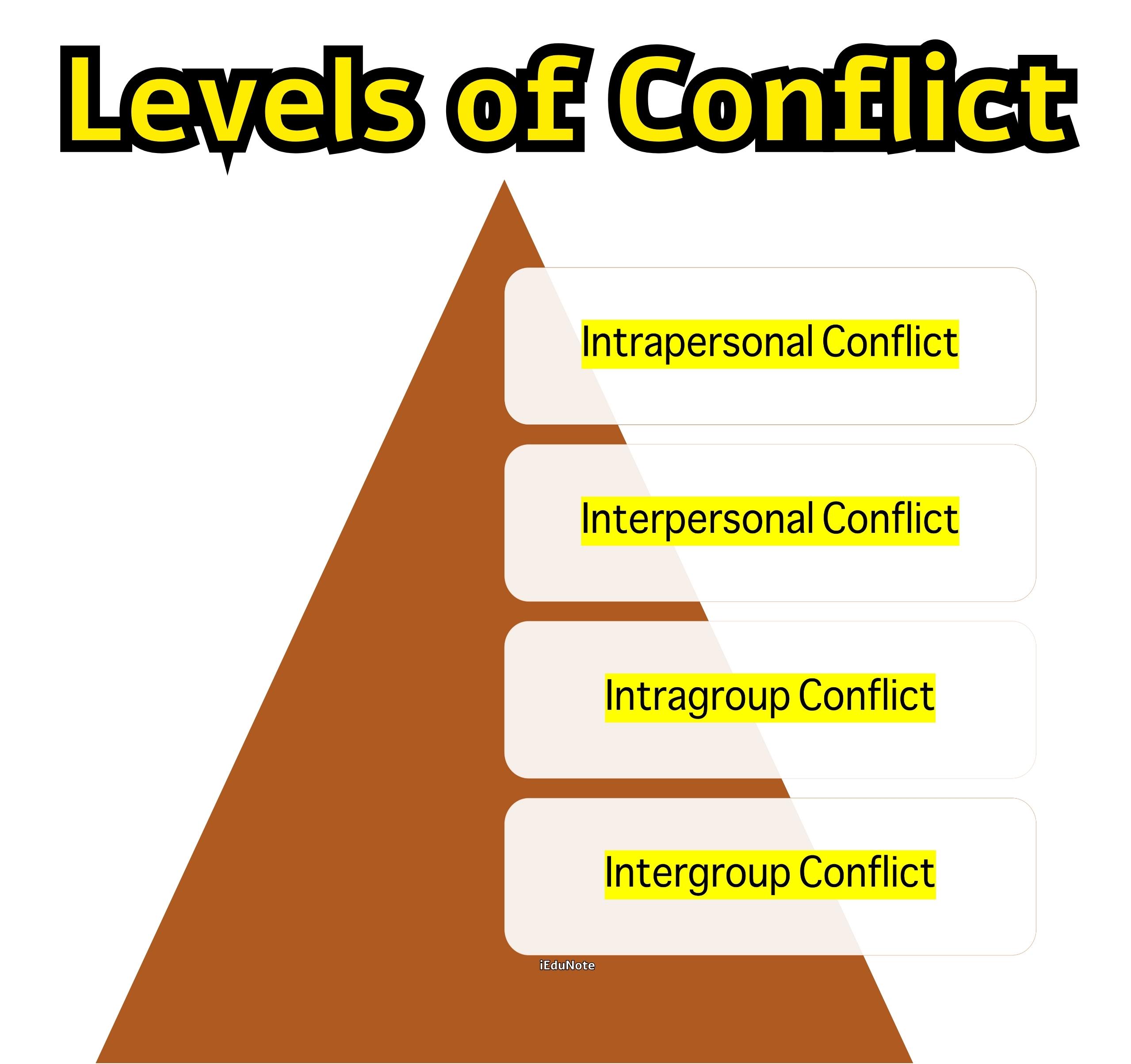Industrial conflicts do not always proceed along proper lines for a variety of reasons. Divergent views, contrasting demands, and opposing stances characterize labor-management relations.
Employees seek more jobs, while management aims to reduce staff, increase productivity, and save on all fronts. Management often plans to computerize and introduce the latest technology gradually to reduce dependence on manual labor.
Labor and unions cannot afford to remain silent in the face of these changes; they want a fair share of productivity gains, while management wants to showcase those gains as the result of risky investments.
Industrial conflicts may escalate into organized protests against existing industrial conditions, representing symptoms of industrial unrest.
The Industrial Disputes Act defines an industrial dispute as “any dispute or difference between employees and employees, or between employees and employers, or between employers and employers, which is connected with employment, non-employment, terms of employment, or conditions of work for any person.”
Thus, the term is characterized by the following factors:
- There should be a difference or conflict, such as labor making demands that management does not grant.
- The dispute could involve employer-employer, employee-employee, or employer-employee conflicts.
- The dispute must pertain to work-related issues.
- Disputes between one or two workers and their employers do not constitute industrial disputes; instead, they must be raised by a group or class of workers.
Forms of Industrial Conflict
The various forms of industrial disputes can be described as follows:
Strikes
A strike is a spontaneous and concerted withdrawal of labor from the production process temporarily. It is a collective stoppage of work by a group of workers to pressure their employers into accepting certain demands.
It may be defined as “a withdrawal of work by a body of persons employed in an industry acting in combination or a concerted refusal or refusal under a common understanding by any number of persons who are or have been employed to continue to work or to accept employment.
Strikes come in several types:
- General strike: It involves all or most of the unions in an organization or region.
- Sympathy strike: Occurs when a strike is undertaken to show solidarity with workers in other organizations.
- Sectional strike: A refusal by a section of a given class of workers to perform their normal duties.
- Unofficial strike: Undertaken without proper notice and the consent of the CBA union.
- Sit-down strike (also called stay-in, tool-down, or pen-down strike): Workers cease to perform their duties but do not leave the workplace.
- Bumper strike: Planned to paralyze the industry, firm by firm, with the order chosen by the union and supported by contributions from those still working.
- Slow-down strike (known as a ‘go-slow’ tactic): Workers do not stop working but deliberately slow down their pace.
- Hunger strike: Workers may forego food for a specified period to gain sympathy and draw attention to their cause.
- Lightning strike: Workers may strike suddenly without prior notice, catching employers off guard.
Lockouts
Lockout is the employer’s counterpart to a strike. It is a tactic used by employers to close the factory until workers agree to resume work on the conditions set by the employer. It may be defined as “the closing of a place of employment, suspension of work, or the refusal of an employer to continue employing any number of persons employed by him.” When it is impossible to meet the demands of the workers, employers may opt for a lockout, even closing down the unit to exert psychological pressure on the workers to agree to their conditions or face unit closure.
Gheraos
Gherao involves surrounding and trapping members of the management. In this method, a group of workers initiates collective action aimed at preventing members of the management from leaving their offices. This action can also occur outside the factory premises.
Causes of Industrial Conflict
Some of the prominent causes of industrial conflict may be listed as follows:
Institutional causes
Conflict arising on account of institutional factors such as recognition of unions, membership of unions, scope of collective bargaining, and unfair practices.
Employment-related causes
The list of causes here includes conflict over wages, bonuses, allowances, benefits, working conditions, unjust dismissal, retirement of workers, methods of job evaluation, changes in methods of production, etc.
Non-recognition of union
Conflict that arises when employers fail to recognize a union as a bargaining agent.
Sympathy strikes
Workers striking in one plant/industry when they want to exhibit their solidarity with striking workers from another plant or industry.
Administration-related causes
These pertain to ill-treatment, undeserved punishment, verbal abuse, physical assaults, etc.
Psychological/social causes
On many occasions, family, friends, community, environmental pressures, and concerns also instigate the workers to take matters to the street.
Political causes
Political leaders have used unions as powerful weapons to build tensions inside a plant/industry with a view to satisfying their own private ends on a number of occasions, especially in unionized places like Narayangonj, Tongi, Tejgaon, etc.
Unfair Labor Practices by Management
Unfair labor practices on the part of members of management arise when they:
- Interfere, restrain, or coerce employees who desire to act collectively or refrain from such activities.
- Dominate or interfere with the formation or administration of any labor organization by contributing money or other support to it.
- Discriminate against anyone in hiring, stability of employment, or any other condition of employment because of union activity or lack of involvement.
- Discharge, dismiss, or otherwise discriminate against employees who have exercised their rights under the law.
- Refuse to bargain in good faith with employee representatives.
Unfair Labor Practices by Union/Employee
Unfair practices for unions arise if they:
- Restrain or coerce employees or employers in the exercise of their legal rights.
- Force an employer to discriminate against an employee because of that employee’s membership or non-membership in the union.
- Refuse to bargain with an employer in good faith.
- Engage in strikes or threats to force members of management to join a union (usually to collect large initiation fees) or to force an employer to cease doing business with another employer.
- Require an employer to bargain with a union other than the one employees have selected.
- Demand excessive or discriminatory initiation fees.
- Picket an employer to force him/her to recognize the union as the employees’ representative without requesting a government election within a reasonable time period.
Methods of Building Union-Management Cooperation
Managers and personnel specialists can build cooperation between the employer and the union through:
- Prior consultation with union leaders to defuse problems before they become formal grievances.
- Sincere concern for employee problems and welfare even when management is not obligated to do so by the labor agreement.
- Training programs that objectively communicate the intent of union and management bargainers and reduce biases and misunderstandings.
- Joint study committees that allow management and union officials to find solutions to common problems.
- Third parties who can provide guidance and programs that bring union leaders and managers closer together to pursue common objectives.
The Challenges to Management
Unions are at a crossroads. In recent years, they have experienced a steady decline in membership, political power, and prestige.
Nevertheless, unions represent a significant challenge to management and operating managers. The democratic rights of workers and trade unions, dynamism in the environment, compliance with labor laws, and past practices limit managers’ flexibility.
Even when a union is not present, proactive employee relations are needed to ensure a productive workforce. If a company wants to remain non-union, additional pressures fall on employee relations specialists and operating managers, especially supervisors.
Whether unions will rebound and reclaim their role as a powerful actor in the economic and political systems of developed nations is uncertain.
However, it does seem certain that unions will seek innovative approaches to reverse these trends. Some examples include efforts to organize non-traditional groups such as white-collar, service, government, and professional workers.
Other examples include offering new services—from charge cards to healthcare advice—to supplement more traditional collective bargaining efforts and fringe benefits.
At the same time, many managers and union leaders perceive government intervention as a potential threat to the traditional freedoms they have enjoyed.
Their common concern arises from the fear that more government laws will control their affairs. Since current laws are enforced by agencies with the power to “make laws” by interpreting existing ones, regulations are bound to grow.
To meet these challenges from increased union innovation and government intrusion into the workplace, management professionals need to be proactive. Organizationally, when unions are present, the HR department is expanded by the addition of a labor relations section.
This section allows labor specialists to deal with critical areas such as negotiations and contract administration while HR professionals attend to their more traditional roles.
In fact, HR and labor relations may form two equal divisions within a broader department, typically called industrial relations.
Operationally, the HR section seeks sound employee relations through effective practices. The labor relations section has a complementary role. It aims to minimize restrictions on management through diligent negotiation and fair administration of the union contract.
The ultimate aim is to reduce the possibility of industrial disputes and ensure higher productivity through industrial harmony and peace.

